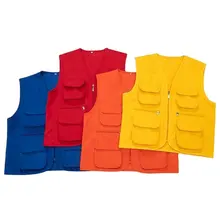Elastic Nylon Webbing: An Overview
Elastic nylon webbing is a foundational component in a myriad of products, offering a blend of flexibility and strength. This material is crafted into a flat strip or tube, each serving distinct purposes across various industries. Its inherent durability and stretchability make it an ideal choice for applications requiring both resilience and elasticity.
Types and Applications
Elastic nylon webbing comes in two primary forms: flat and tubular. Flat webbing is ubiquitous, utilized in items such as luggage straps and safety seat belts. Its broad surface area provides secure fastening capabilities. Tubular webbing, with its rounded shape, is integral to the industrial and sporting sectors, especially in climbing equipment where it aids in distributing load more evenly.
Material Composition and Features
The nylon fibers used in webbing are known for their excellent tensile strength, abrasion resistance, and elasticity. This makes nylon webbing straps particularly suited for situations where materials are subject to repeated stress. The elastic component, often a form of spandex or rubber, allows the webbing to maintain its shape and provide shock absorption.
Advantages of Elastic Nylon Webbing
The advantages of using elastic nylon webbing are manifold. Its elasticity permits a degree of give that can absorb impacts, reducing wear and tear on both the webbing and the attached hardware. Additionally, nylon's resistance to mildew, aging, and rot extends the lifespan of products made with this material, even in challenging environments.
Decorative and Functional Diversity
Beyond its functional uses, nylon webbing also finds a place in home textiles and furniture. Decorative webbing options are available for those seeking both aesthetic appeal and functionality in their products. This versatility extends to the manufacturing of trendy furniture pieces, where webbing is used for both structural and design elements.
Choosing the Right Elastic Nylon Webbing
Selecting the appropriate type of elastic nylon webbing is crucial, depending on its intended use. Factors to consider include the webbing's width, thickness, stretch ratio, and load capacity. For industrial applications, tubular webbing may be preferred, while flat webbing is often the choice for consumer goods and safety equipment.










































 浙公网安备 33010002000092号
浙公网安备 33010002000092号 浙B2-20120091-4
浙B2-20120091-4